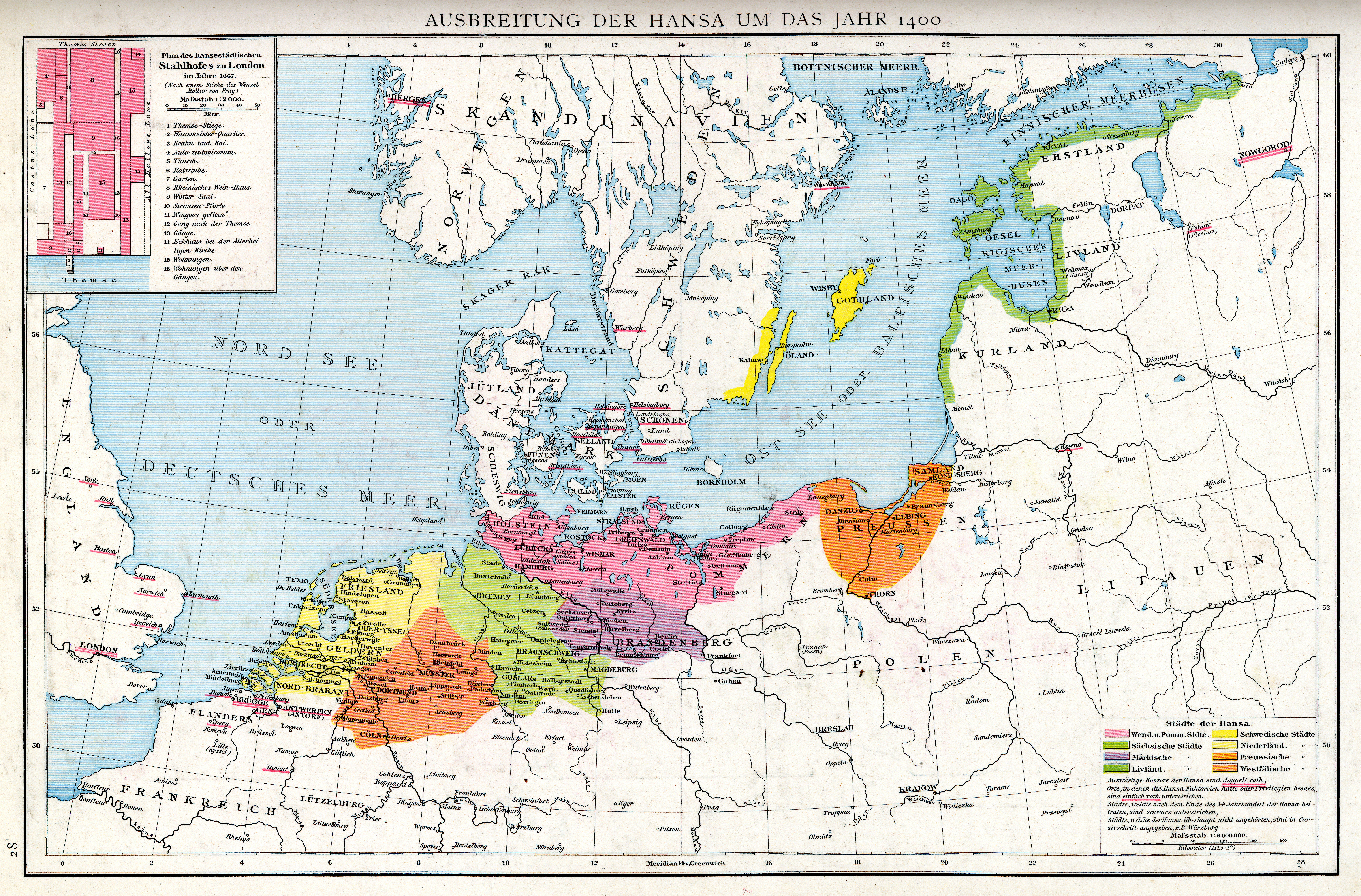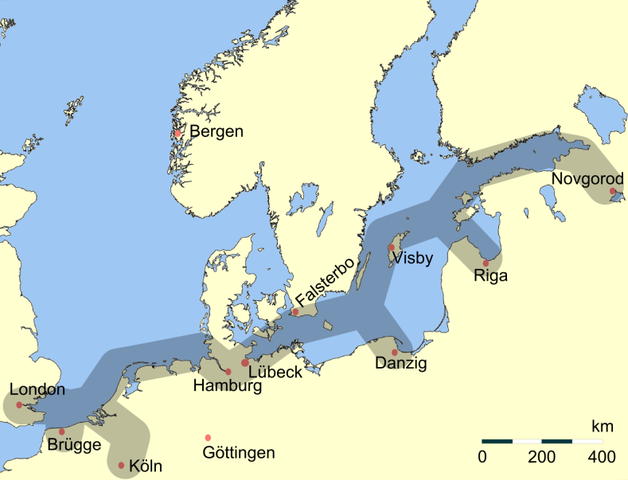hvered wrote:The map you posted seems to have a dark spot round in north Spain, at Santander... San Sebastian?
Yes, that's were the Pasiegos are. In a valley all of their own. Very Welsh.
hvered wrote:The map you posted seems to have a dark spot round in north Spain, at Santander... San Sebastian?
(my emphasis)At least from the late 9th century BCE onwards, an extended exploitation of the metal resources in the direct hinterland of Huelva, the Rio Tinto region, can be traced archaeologically. These opulent ore deposits were part of the so-called Iberian Pyrite Belt, a mountain range covering the northern part of the modern province of Andalucía. The Pyrite Belt carried copper, tin and lead in huge quantities, but also silver and gold in abundance and iron in lesser amounts.
The extracted ores were cupellated and cast, mostly in nearby indigenous villages, as excavated castings molds and slags prove. Afterwards the processed metals were brought to centers of distribution (ultimately the Phoenician city of Gadir, modern Cádiz) and shipped overseas. The extent of the extracted metals can only be guessed, but the ancient sources attest incredible abundance. Strabo mentions that even the lead or stone anchors of leaving ships were replaced by silver ones (Geogr. 3,2,8), and Diodorus adds that the Phoenicians had to cut down all of Sierra Morena’s forests to gather enough wood to heat the fires of the melting-ovens constantly (5, 35, 4-5).
Boreades wrote:Yes, that's were the Pasiegos are. In a valley all of their own. Very Welsh.
(Ref: https://en.wikipedia.org/wiki/Lady_of_Elche), with no great details on who these Iberians were."generally believed to be a piece of Iberian sculpture from the 4th century BC"




Now this is weird. I can't imagine what they are for. 2,000 of them!
Could be a way of storing long strips of metal - winding onto an oval/round bar and then slip off. Same technique used for the various gauges shown. Trade the prepared gold to other gold smiths ready for the next stage of production perhaps?
http://www.megalithic.co.uk/modules.php ... erby=dateD


Users browsing this forum: No registered users and 3 guests